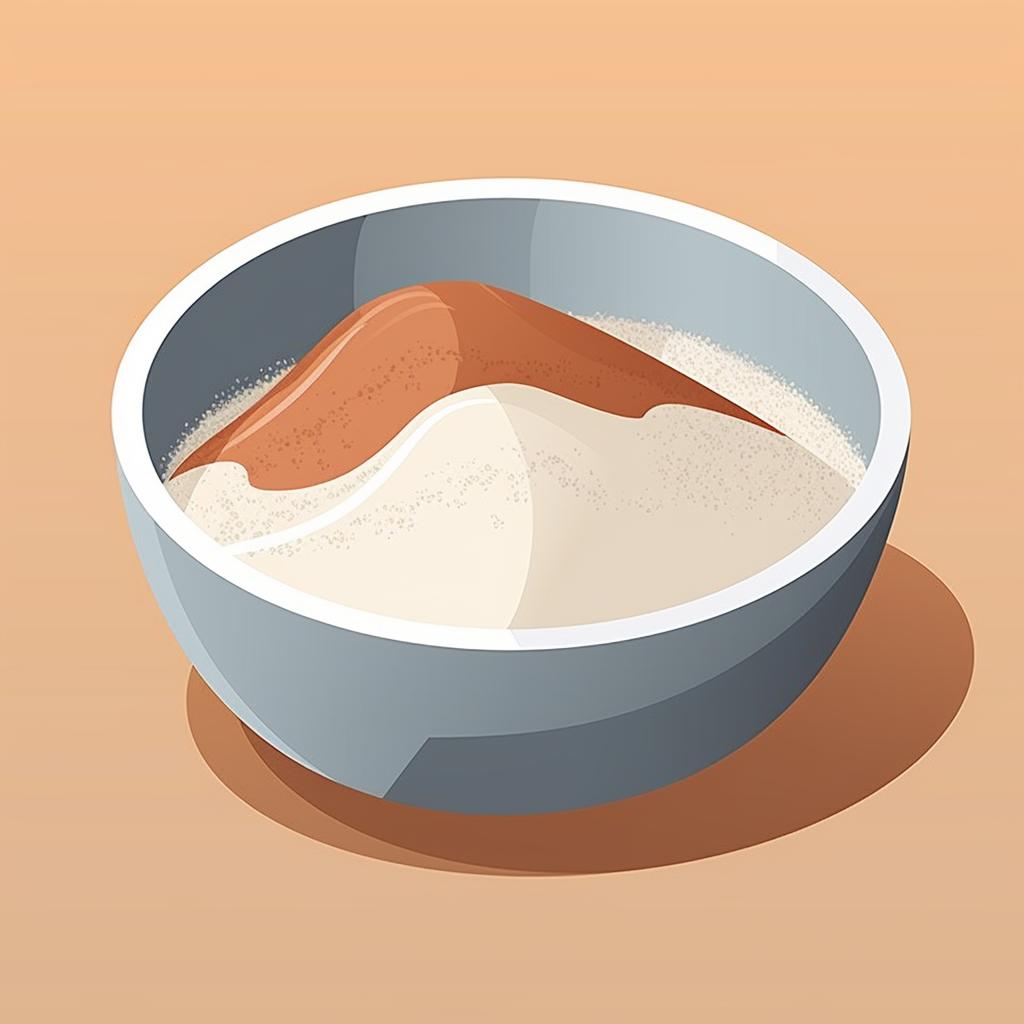Crafting Mini Comets with Dry Ice: A Step-by-Step Guide
Creating mini comets with dry ice is a fun and educational activity that you can do at home. In this step-by-step guide, we will walk you through the process of making your own mini comet using dry ice, sand, water, and a few other materials. Let's get started!
Step 1: Gather Your Materials
To begin, gather all the necessary materials for this experiment. You will need dry ice, sand, water, two spoons, a bowl, and safety equipment such as gloves and goggles. Remember, always handle dry ice with gloves to prevent frostbite.
Step 2: Mix Sand and Water
In your bowl, mix equal parts of sand and water. This mixture will serve as the base of your mini comet.
Step 3: Add Dry Ice
Using a spoon, carefully add dry ice to the sand and water mixture. Be sure to wear gloves and goggles during this step to protect yourself from the extremely cold temperature of dry ice.
Step 4: Mix and Shape
With your other spoon, mix the ingredients together. As the dry ice sublimates, it will cause the mixture to harden. Shape it into a ball to resemble a comet.
Step 5: Observe Your Mini Comet
Watch as your mini comet starts to emit a cloud of gas, similar to how a real comet behaves when it gets close to the sun. Remember, do not touch the comet with bare hands.
Crafting mini comets with dry ice is not only a fun activity, but it also provides a hands-on learning experience. It allows you to explore the properties of dry ice and observe the fascinating reactions that occur when it comes into contact with other substances.
Dry ice is the solid form of carbon dioxide and is extremely cold (-78.5 degrees Celsius or -109.3 degrees Fahrenheit). It undergoes sublimation, which means it changes directly from a solid to a gas without going through a liquid phase. This unique property of dry ice is what makes it perfect for creating mini comets.
When dry ice is added to the sand and water mixture, it reacts with the water, causing it to freeze and harden. As the dry ice continues to sublimate, it releases carbon dioxide gas, creating the cloud-like effect that resembles a comet's tail.
It's important to handle dry ice with caution and follow safety guidelines. Always wear gloves and goggles when working with dry ice to protect your skin and eyes from frostbite. Additionally, make sure to use dry ice in a well-ventilated area to avoid inhaling excessive amounts of carbon dioxide gas.
In conclusion, crafting mini comets with dry ice is a fun and educational activity that allows you to explore the properties of this unique substance. By following this step-by-step guide, you can create your own mini comet and observe the fascinating reactions that occur. Remember to prioritize safety and have fun with your mini comet experiment!















